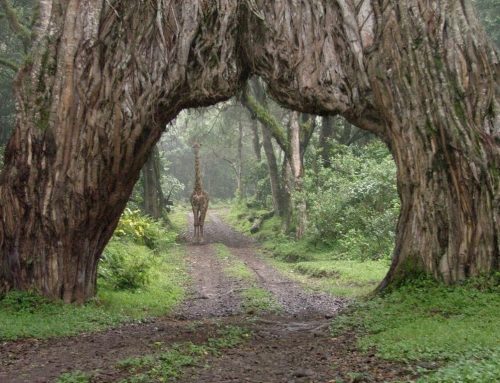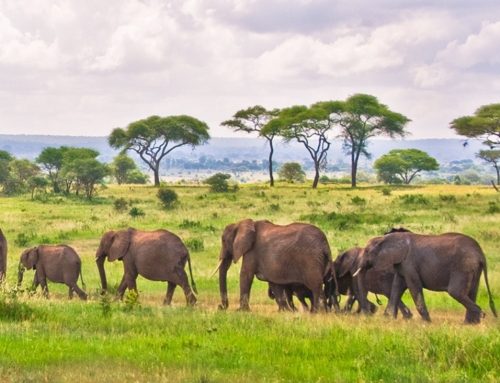The first view takes your breath away. Ngorongoro is a huge caldera collapsed volcano, 250 square kilometers and 23 kilometers wide. The crater has an average depth of 600 meters. Its spectacular setting and abundance of wildlife combine to make it a wonder of the natural world. The crater alone has over 20,000 large animals including some of Tanzania’s last remaining black rhino. Animals are free to leave or enter the crater but most of them stay because of the plentiful water and food available on the crater floor throughout the year. For the best viewing and photography, approach the animals slowly and quietly for the best and memorable photos.
Grassland
This open grassland covers most of the floor. Grass fees most of the 20,000 large grazing animals mainly wildebeest, zebra, buffalo and gazelles and many smaller ones such as mice and grasshoppers. All these animals in the turn support large predators such as lions, hyenas smaller ones such as jackals and birds of prey.
Lake makat
This soda lake is filled by the munge river. It is a great attractions for flamingoes and other water birds which come to feed here. Predators hide in the marsh to ambush the large animals that come to drink from the pools and river. In the sever dry season, the lake often dries up completely.
Leral forest
Leral ‘ is a maasai word for yellow barked acacia or fever tree. The small forest patches on the crater floor, are homes to monkeys, baboons, bushbucks, elephants and rhinos.
Swamps
Most of the large animals in the crater depend on swamps for fresh water and reserve food supplies. Elephants feed on the giant sedges and hippos wallow in the pools. Smaller creatures such as frogs, and several cats find food and shelter in the tall grass.
Where human life began
At far end of the NCA stands the Olduvai Gorge archaeological site, widely regarded as the cradle of mankind and the most important prehistoric site in the world. It is at Olduvai where remains of Zinjanthropus, the world’s first humans, were discovered by Dr Louis and Mary Leakey over 50 years ago. The earliest known specimens of the human genus, Homo-habilis, as well as early hominids such as Paranthropus boisei have also been found there. The Olduvai Gorge is a steep-sided ravine in the Great Rift Valley, stretching along eastern Africa. The windswept Olduvai is about thirty miles long, lying within the rain shadow of the Ngorongoro highlands. The gorge is named after oldupaai, the Maasai word for the wild sisal plant.
Millions of years ago, the site comprised of a large lake, the shores of which were covered with successive deposits of volcanic ash. Some 500,000 years ago seismic forces diverted a nearby stream, which began to cut down into the sediments, revealing the seven main layers in the walls of the gorge. Based on fossil evidence found at the Olduvai Gorge, it is believed that various hominid species have been occupying the crater continuously for the past three million years of Ngorongoro’s existence. Native hunter and gatherers who initially lived in the vicinity were replaced by pastoralists a few thousand years ago






